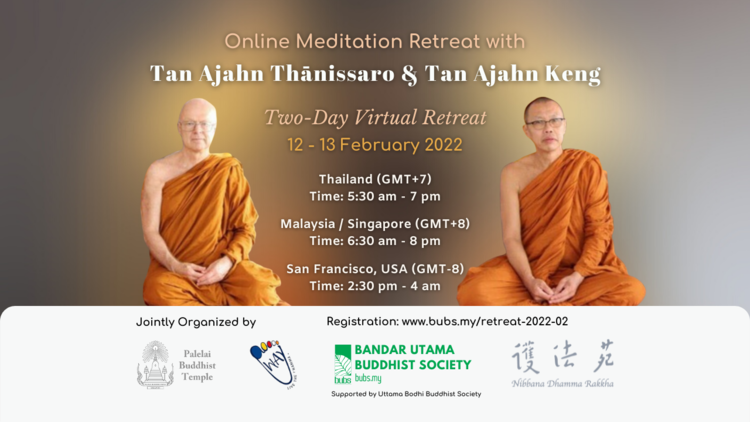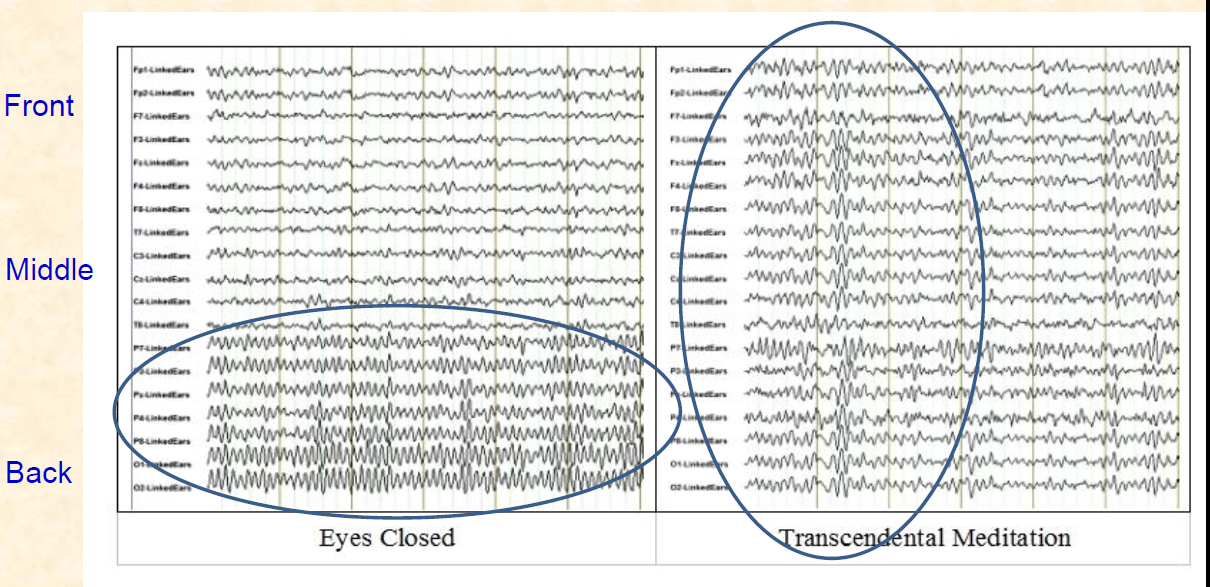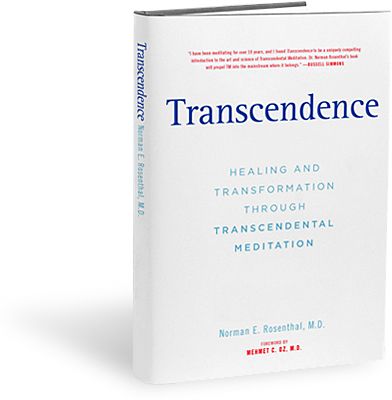
Mind Clearing's fundamental principle is to relieve suffering from emotional, mental, and spiritual distress. Mind Clearing, while many aspects of mindfulness are essential to this approach is a complementary practice that builds upon these principles. Clearing the mind has two goals: to promote happiness, well-being and peace of mind. This practice increases one's ability live life with no suffering. Mind Cleaning offers many benefits. Here are some benefits to Mind Cleaning.
It is a good way to clear your head by writing down your thoughts. This process is also known as "brain dump" and can be very useful for dealing with frustrations. Writing down your thoughts is not a means to analyze them, but a way to give them an outlet. You can write a list of your thoughts or a diary entry. It doesn't matter what form it takes, it has powerful benefits.

One of the most effective ways to clear the mind is to meditate. Meditating helps you focus on your breathing and inner vision. The practice can help you to reduce stress and increase self-awareness. It is very easy to practice, and only takes five minutes. Once you have mastered this technique, you'll find it easier to focus on a single thing. Practice your breathing techniques after you've had a few moments of silence.
Whether you're a professional or a student, Mind Clearing can help you to communicate with others and achieve greater goals. Mind clearing will allow you to communicate better with yourself and others. This will make it easier to make better decisions. Mind Clearing offers many benefits. Mind Clearing will help you make more connections with others and leave a lasting impression. Many people have even been able to learn this process at their own home.
Clear thoughts are free of negative thoughts. A clear mind is free from thoughts and can help you relate better to others. Focusing on your inner thoughts will help you discover your true self, and allow you to live life to the fullest. This will lead to a better, more fulfilling life. Mind Clearing has a few steps, but there are some important ones. First, you need to get to know what your mind says.

Clear mind is crucial for productivity and focus. Clearing your mind is essential to your success. It will make your head clearer, help you focus better, and improve productivity. It is an important part of a mindful, balanced life. This will allow you to clear your mind and improve your relationships. It will help you to see the bigger picture of your life.
FAQ
These are the 7 secrets to a healthy life.
-
Make sure you eat right
-
Exercise regularly
-
Sleep well
-
Drink plenty of water.
-
Get enough rest
-
Happy!
-
Smile often
What's the difference of a calorie versus a Kilocalorie?
Calories can be used to measure how much energy is in food. Calories is the unit of measurement. One calorie equals one degree Celsius of energy to raise water temperature by 1 gram.
Kilocalories are another term for calories. Kilocalories are measured in thousandths of a calorie. For example, 1000 calories equals one kilocalorie.
What is the difference of a virus from a bacteria?
A virus, a microscopic organism, is incapable of reproducing outside its host cell. A bacterium is an organism that splits itself in two. Viruses have a very small size (about 20 nanometers), while bacteria is larger (up to one micron).
Viruses spread easily through contact with infected bodily tissues, such as saliva and urine, semen, vaginal secretions or pus. Bacteria is usually spread directly from surfaces or objects contaminated with bacteria.
Viral infections can also be introduced to our bodies by a variety of cuts, scrapes or bites. They can also penetrate the skin through the eyes, nose or mouth.
Bacteria can be introduced to our bodies by cuts, scrapes or burns. They may also come into our bodies through food, water, air, soil, dust, or animals.
Both bacteria and viruses cause illness. But viruses can't multiply within their hosts. Viral infections can only cause diseases in living cells.
Bacteria can cause illness by multiplying in the body. They can infiltrate other parts of the body. Antibiotics are needed to eliminate them.
How much should you weigh for your height and age BMI calculator & chart
To determine how much weight loss you need, a BMI calculator is your best friend. A healthy BMI range is between 18.5 and 24.9. Aim to lose 10 pounds per month if your goal is to lose weight. Enter your height and weight to calculate your BMI.
This BMI chart shows you if it is possible to identify if you are either overweight or obese.
Exercise: Good or Bad for Immunity?
Exercise is good for your immune systems. Your body creates white blood cells when you exercise that fight infection. You also get rid of toxins from your body. Exercise can prevent diseases such as cancer and heart disease. It reduces stress.
Exercising too often can cause your immune system to be weaker. Your muscles can become sore if you exercise too much. This can lead to inflammation and swelling. The body then needs to make more antibodies to fight infection. These extra antibodies can lead to allergies or autoimmune disorders.
So, don't overdo it!
Do I need calories to count?
Perhaps you are wondering what the best diet is for you. or "is counting calories necessary?" The answer to this question depends on many factors, including your current health, your personal goals and preferences, as well as your overall lifestyle.
The Best Diet For Me - Which One Is Right For You?
The best diet depends on me, my health, my goals, my preferences and my overall lifestyle. There are many diets available, some good and others not so good. Some diets work better than others. So what do I do? How can I make the right choice?
These are the questions that this article attempts to answer. This article begins with a brief overview of the various types of diets that are available today. The pros and cons of each diet are then discussed. Then, we will discuss which diet is the best.
To begin, let's take a quick look at the different types of diets.
Diet Types
There are three main types of diets: low fat, high protein, and ketogenic. Let's look at each one briefly.
Low Fat Diets
A low fat diet means a diet that reduces the intake of fats. This is accomplished by decreasing the intake of saturated fats such as butter and cream cheese. They are replaced by unsaturated fats such as avocados, olive oil, and cream cheese. If you want to lose weight fast and easily, then a low fat diet is often recommended. This kind of diet could cause problems like constipation or heartburn and indigestion. In addition, it may lead to vitamin deficiencies if a person doesn't get enough vitamins from their food.
High Protein Diets
High protein diets discourage carbohydrates and encourage the use of proteins. These diets are more protein-rich than others. These diets are designed to build muscle mass and help you burn more calories. One problem is that they might not be sufficient to provide regular nutrition. They can also be very restrictive so they may not be suitable for everyone.
Ketogenic Diets
Ketogenic diets also go by the name keto diets. They are high-fat and low in carbs and protein. They are typically used by athletes and bodybuilders because they allow them to train harder and longer without getting tired. However, they must be used with caution to avoid nausea, headaches and fatigue.
Here are five ways to lead a healthy lifestyle.
Living a healthy lifestyle involves eating right and exercising regularly. Eating well means avoiding processed foods, sugar, and unhealthy fats. Exercise helps burn calories and strengthens muscles. Sleeping enough can improve memory and concentration. Stress management reduces anxiety, depression and other symptoms. Fun keeps us vibrant and young.
Statistics
- Extra virgin olive oil may benefit heart health, as people who consume it have a lower risk for dying from heart attacks and strokes according to some evidence (57Trusted Source (healthline.com)
- nutrients.[17]X Research sourceWhole grains to try include: 100% whole wheat pasta and bread, brown rice, whole grain oats, farro, millet, quinoa, and barley. (wikihow.com)
- This article received 11 testimonials and 86% of readers who voted found it helpful, earning it our reader-approved status. (wikihow.com)
- WHO recommends consuming less than 5% of total energy intake for additional health benefits. (who.int)
External Links
How To
What does the word "vitamin" mean?
Vitamins are organic compounds that can be found in foods. Vitamins are necessary for us to absorb nutrients in the foods we consume. Vitamins are not made by the body, so they must be obtained through food.
Two types of vitamins exist: water-soluble vitamin and fat-soluble vitamin. Water-soluble vitamins dissolve readily in water. Examples include vitamin C,B1 (thiamine), B2 (riboflavin), B3 (niacin), B6 (pyridoxine), folic acid, biotin, pantothenic acid, and choline. The liver and fatty tissues are home to fat-soluble vitamins. You can find vitamin D, E K, A, beta carotene, and other fat-soluble vitamins.
Vitamins are classified according to their biological activity. There are eight major types of vitamins:
-
A - Vital for normal growth and maintaining good health.
-
C - essential for nerve function and energy generation.
-
D - Essential for healthy teeth and bones.
-
E - needed for good vision and reproduction.
-
K - essential for healthy muscles, nerves, and bones.
-
P - vital for building strong bones andteeth.
-
Q - aids digestion and absorption of iron.
-
R - Required for red blood cell production
The recommended daily allowance of vitamins (RDA), varies according to age, gender, physical condition, and other factors. RDA values are set by the U.S. Food and Drug Administration (FDA).
For example, the RDA for vitamin A is 400 micrograms per dayfor adults 19 years or older. However, pregnant women need 600 micrograms per day because it is important for fetal development. Children ages 1-8 require 900 micrograms per day. Babies under one-year old require 700 mg per day. Between 9 and 12 years of age, however, this drops to 500 mg per day.
Children aged 1-18 years need 800 micrograms daily, while children overweight require 1000 micrograms per days. Children who are severely obese or underweight will need 1200 micrograms each day.
Children ages 4-8 years who have been diagnosed with anemia need 2200 micrograms per day of vitamin C.
2000 micrograms is the minimum daily intake for adults over 50 years old to maintain good health. Mothers who are pregnant, nursing, or have a high nutrient need will require 3000 micrograms a day.
1500 micrograms are required daily by adults over 70 because they lose approximately 10% of their muscle each decade.
Women who are pregnant, nursing or breastfeeding need more than the RDA. Pregnant women require 4000 micrograms daily during pregnancy, and 2500 micrograms every day after birth. Breastfeeding mothers need to consume 5000 micrograms every day when breastmilk has been produced.